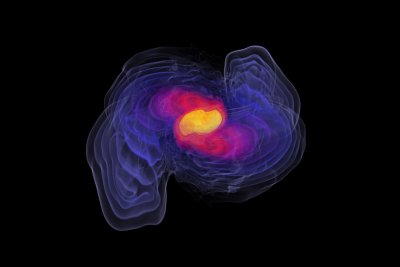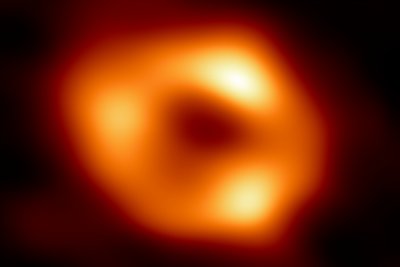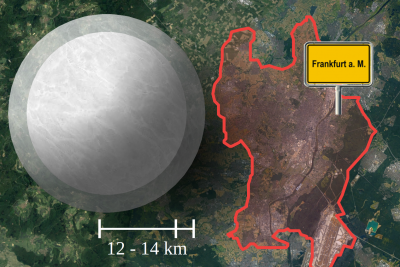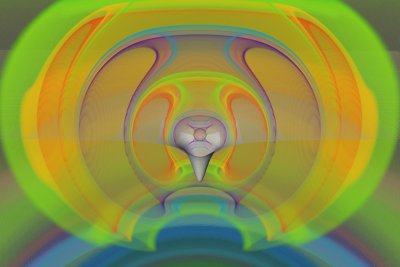Relativistic Astrophysics

Our research interests include the following areas of research:
- neutron star physics
- Physics of black holes
- Accretion Physics
- relativistic hydrodynamics/magnetic hydrodynamics
- radiation hydrodynamics
News
Laureatus Professorship
The Walter-Greiner-Gesellschaft zur Förderung der physikalischen Grundlagenforschung (for the support of foundational research in physics, WGG) awarded two Laureatus professorships for outstanding achievements in research and teaching. Prof. Dr. Luciano Rezzolla received the prestigious Carl Wilhelm Fueck Laureate Professorship for his work in the field of theoretical astrophysics. For many years he has conducted research as a Senior Fellow at FIAS and has been a part of the board of directors.
Contribution to Black Hole Image
Eight super telescopes, many international working groups, and elaborate computer calculations over years led to the first image of the black hole at the center of our Milky Way. The theoretical physicists led by FIAS Senior Scientist Luciano Rezzolla performed extensive calculations to determine the properties of the plasma being sucked up by the black hole.
Frankfurt physicists set limits on size of neutron stars
How large is a neutron star? Previous estimates varied from eight to sixteen kilometres. Astrophysicists at the Goethe University Frankfurt and the FIAS have now succeeded in determining the size of neutron stars to within 1.5 kilometres by using an elaborate statistical approach supported by data from the measurement of gravitational waves. The researchers’ report appears in the current issue of Physical Review Letters.
How massive are neutron stars?
Astrophysicists at FIAS and Goethe University set a new upper limit on the mass of neutron stars: it cannot be larger than 2.16 solar masses. Since their discovery in the 60's, scientists have worked on answering a crucial question: How massive do neutron stars actually get? Differently from black holes, in fact, these stars cannot be arbitrarily massive; past a certain finite limit in mass, no physical force in nature can contrast their enormous gravitational forces. For the first time, astrophysicists at Goethe University Frankfurt have succeeded in calculating a stringent upper bound on the maximum mass of neutron stars.

Understanding neutron stars better
Prof. Luciano Rezzolla, Senior Fellow of the Frankfurt Institute for Advanced Studies (FIAS) and Professor of Theoretical Astrophysics at the Goethe University, will receive 80 million CPU hours at the supercomputer superMUC of the Leibniz Computing Center in Garching near Munich next year for the simulation of neutron star duplex systems.





